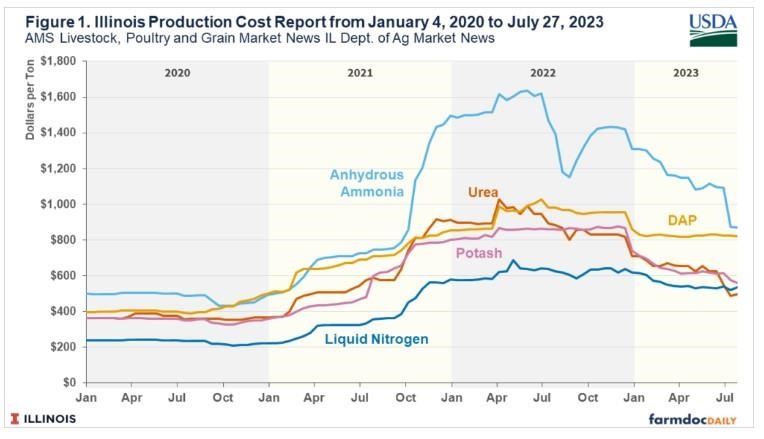Last year we received some complaints about a failure to control waterhemp in corn after the application of post-emergence group 27, HPPD-inhibiting herbicides (mesotrione-containing products like Callisto, Halex GT, etc.; Armezon, Impact products, Laudis, etc.). Reports of failures to control waterhemp with pretty much any herbicide are not really anything new and something I hear over and over each year. However, in at least some of these cases it appeared that everything was done correctly and so obviously the possibility of resistance comes to the forefront as an option. Seed was collected from these populations at the end of last season and during the past few months we were able to screen these populations in our greenhouses to determine the likelihood of group 27 resistance. The results from this work are shown in the table below, and I offer the following brief comments about these findings.

First, group 27 HPPD-inhibiting herbicide resistant waterhemp is not a new phenomenon in Missouri. We screened almost 200 waterhemp populations collected from Missouri fields back in 2012 and found three populations with HPPD resistance at that time. Since then, HPPD-resistance in waterhemp hasn't gotten a lot of attention and/or been much of a problem (at least that I hear about) in this state. If I had to speculate on the reasons for that, I would say that it is likely due to: 1) the fact that we have almost no corn-on-corn production in Missouri, and therefore we have a much lower probability of applying group 27 herbicides in the same place year after year, and 2) the greater diversity of herbicides and herbicide mixtures that are typically applied in corn production in comparison to soybean. Regardless, the results from this screening clearly shows that there are populations with HPPD-resistance out there in Missouri and as long as we keep spraying these products in corn and placing the selection pressure on waterhemp, the one thing I know about waterhemp is that it will find a way.
Another important finding from this work that is easy to overlook is that there was an expectation (by many people that looked at these fields) that ALL 10 of these populations would be characterized as resistant. Remember each population survived after an application of a group 27 herbicide was made in corn last season. But we only characterized three of the populations as "officially resistant", while another three of the populations were showing some early signs of resistance, and the remaining four were clearly not resistant at all. So, what could have happened in the case of these other four populations? That is a question that needs more attention as we enter the 2023 spray season. The list of possibilities is almost endless but the most common causes I've seen for poor waterhemp control following a group 27 herbicide application includes some combination of the following: the waterhemp plants were too big at the time of the application, the adjuvants weren't optimal for the herbicide package and/or the group 27 herbicide that was applied, the rate of the group 27 herbicide was too low, atrazine was not included as a tank-mix partner, and/or there were poor environmental conditions immediately before or after the application. For the most part, these are all "solvable" issues and factors that can be corrected so I think the lesson we can learn here is to make sure you pay attention to all the details when making applications of group 27 herbicides on waterhemp this year.